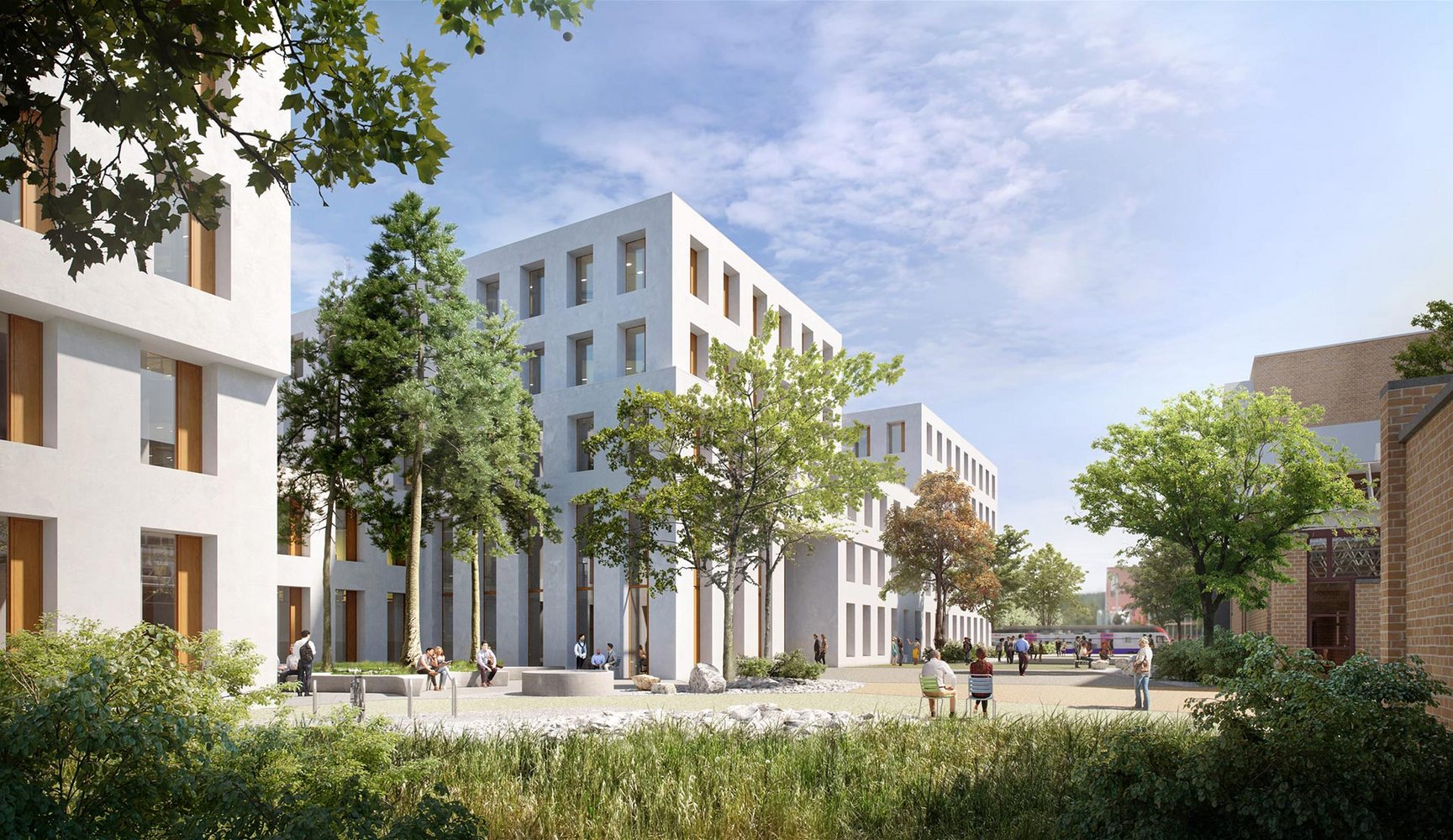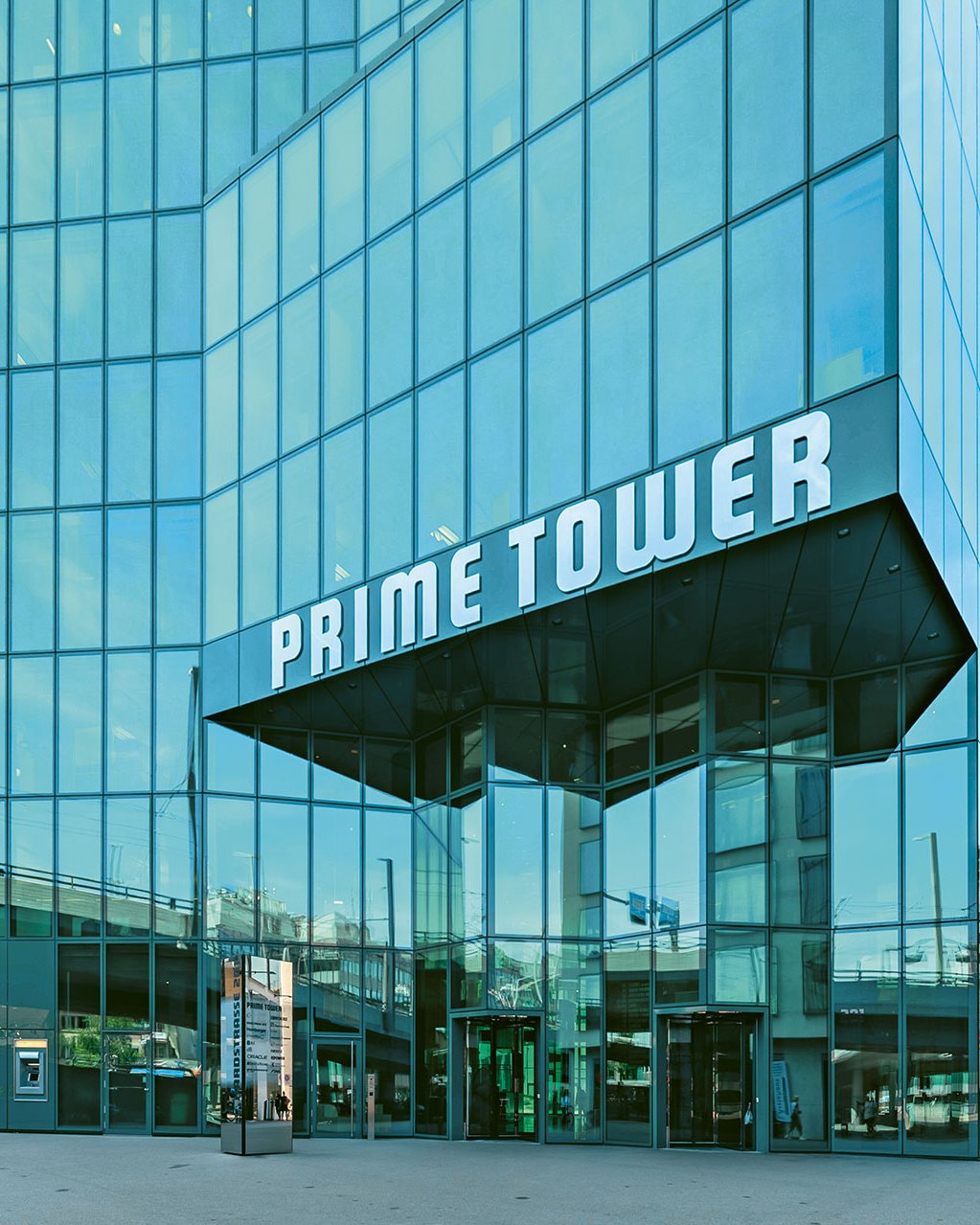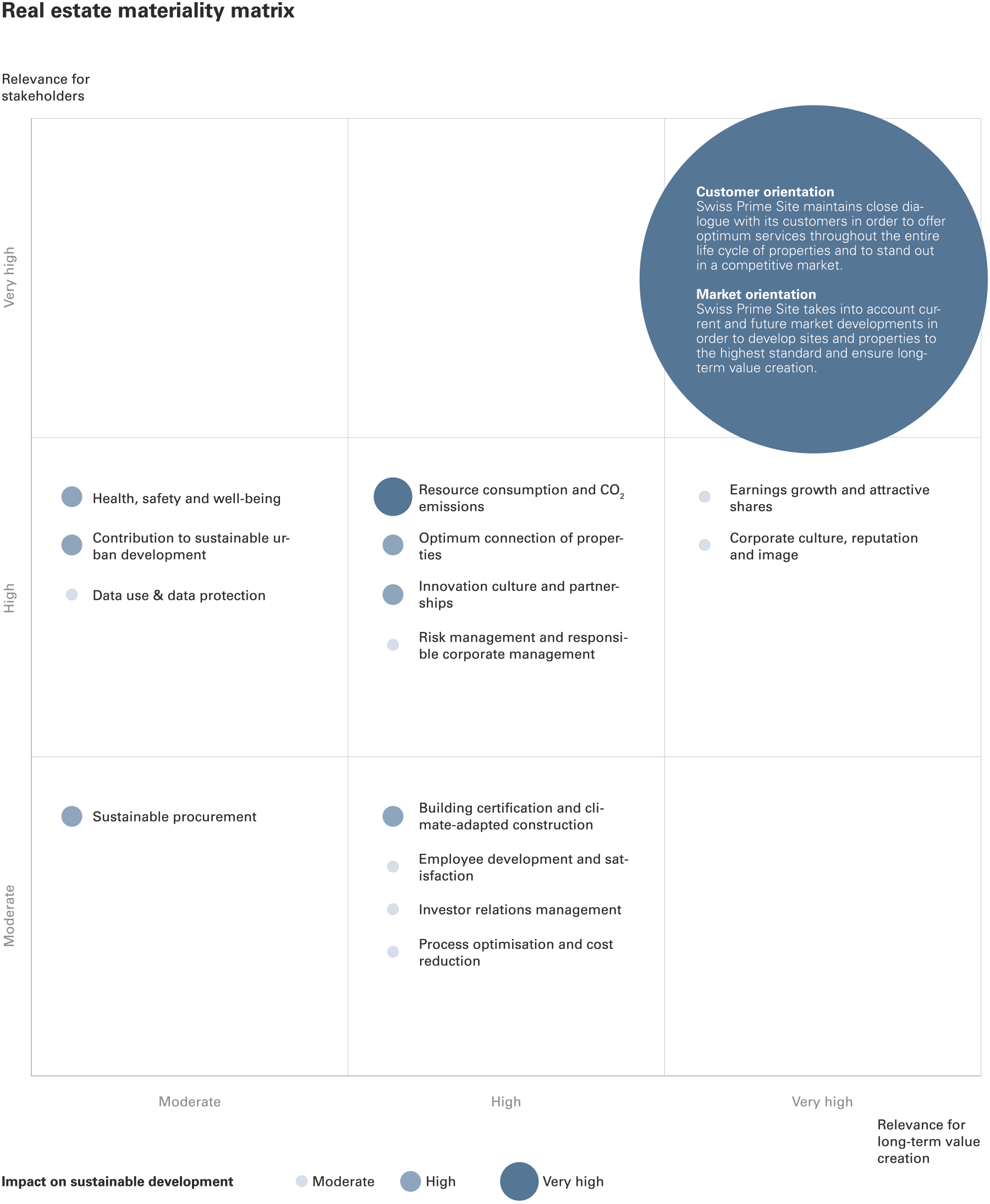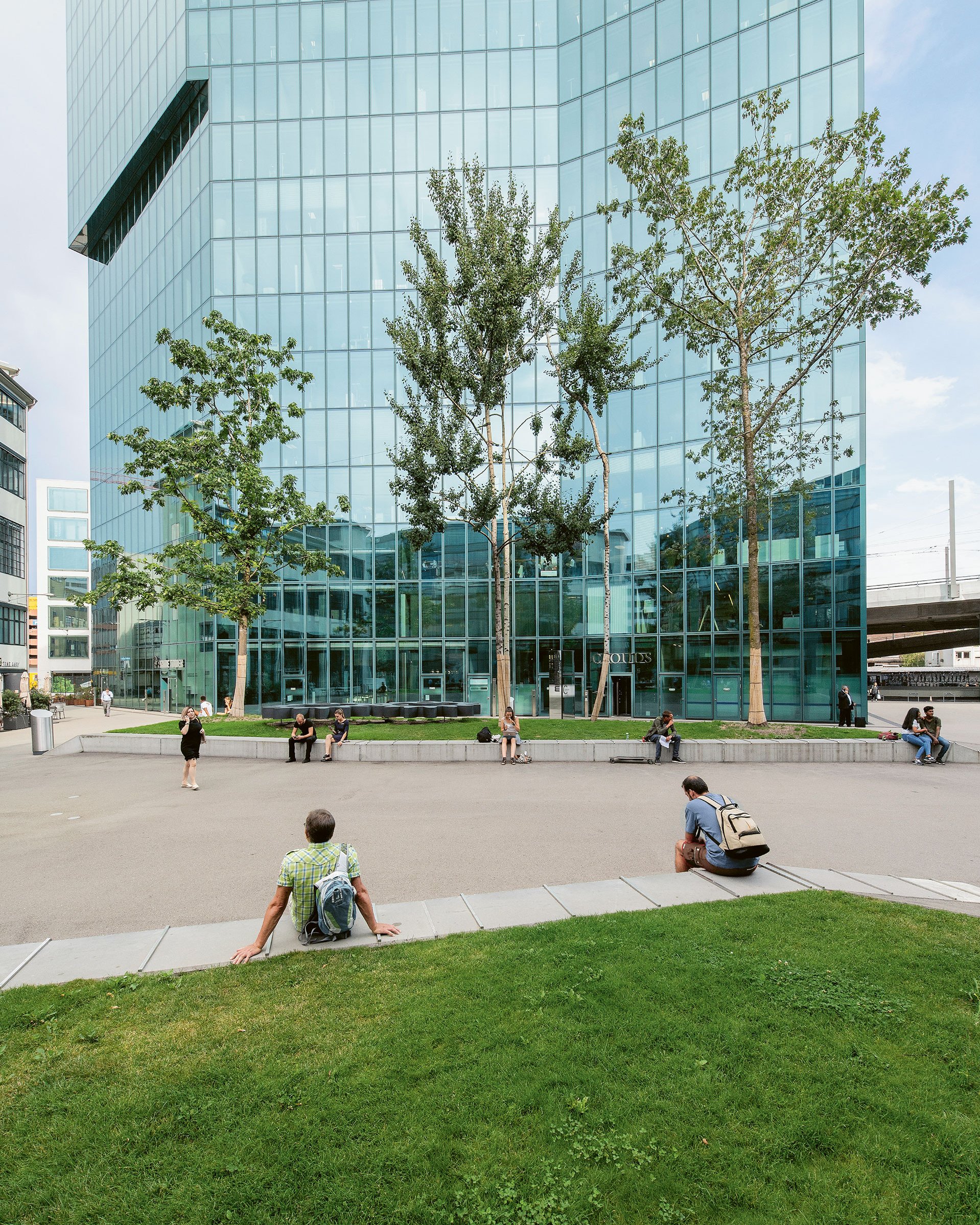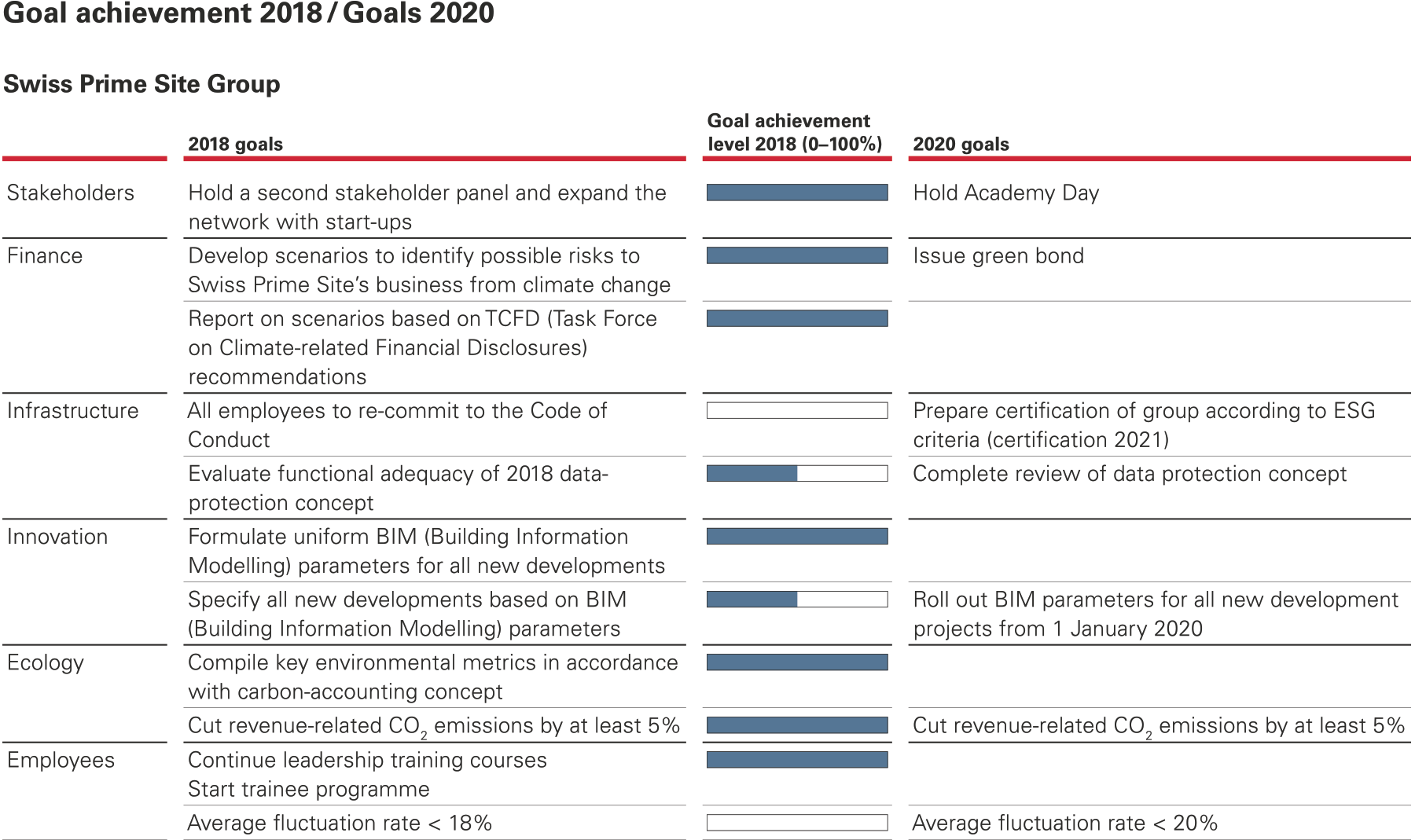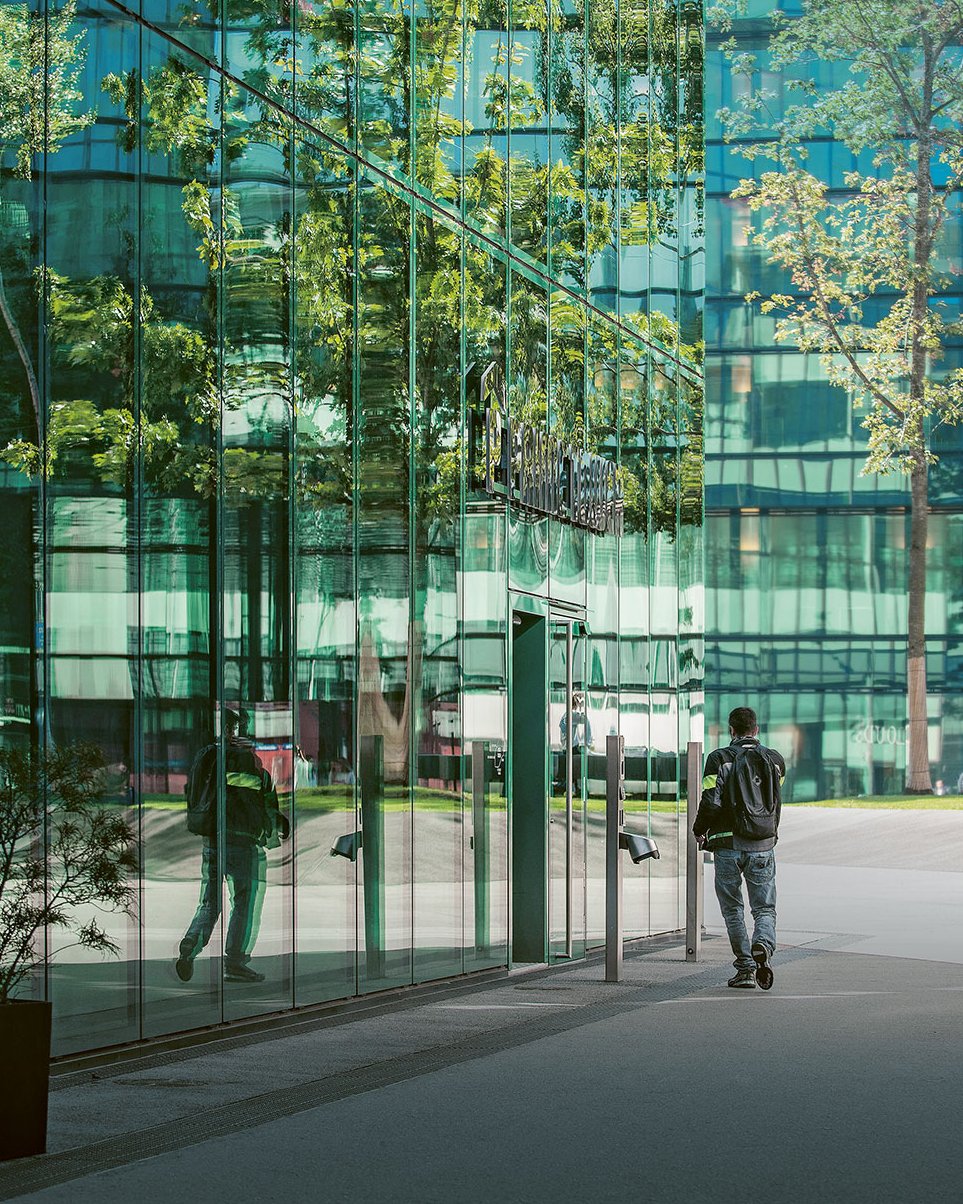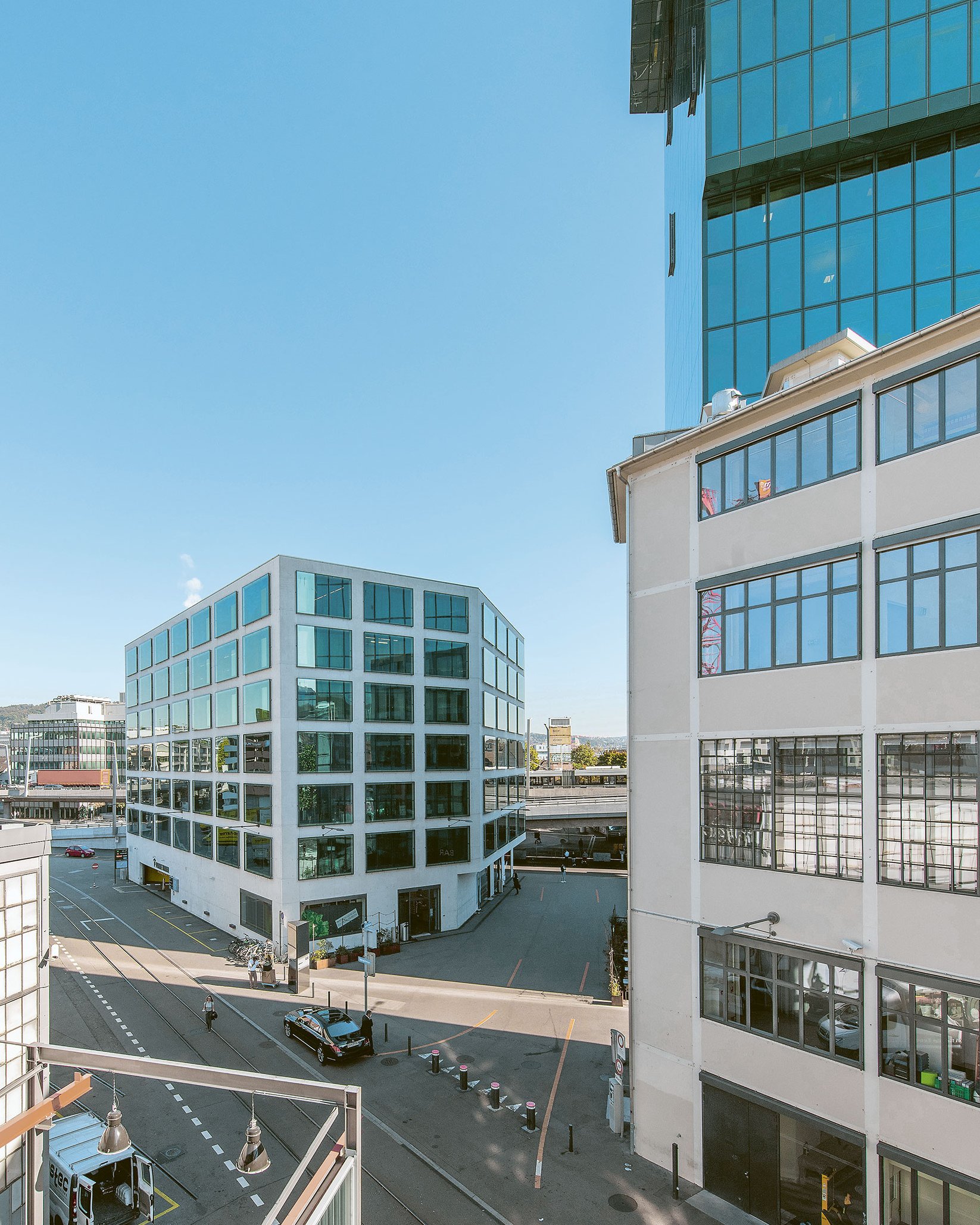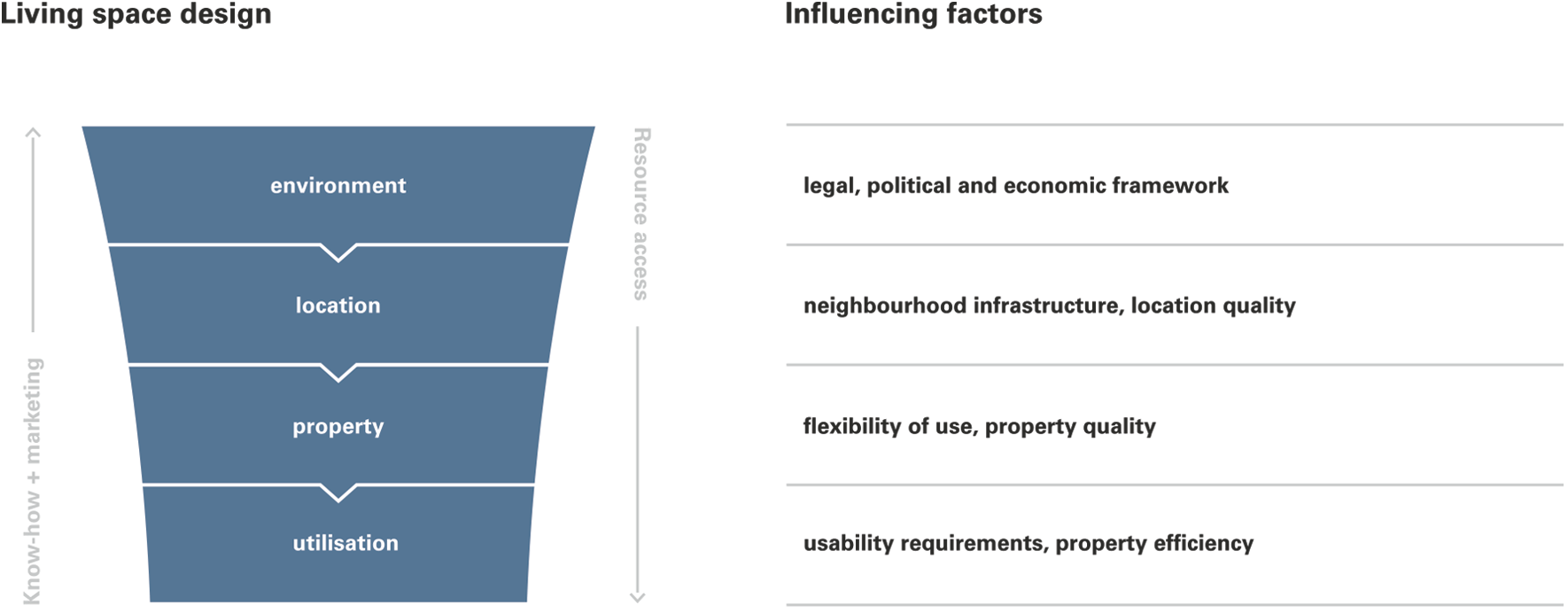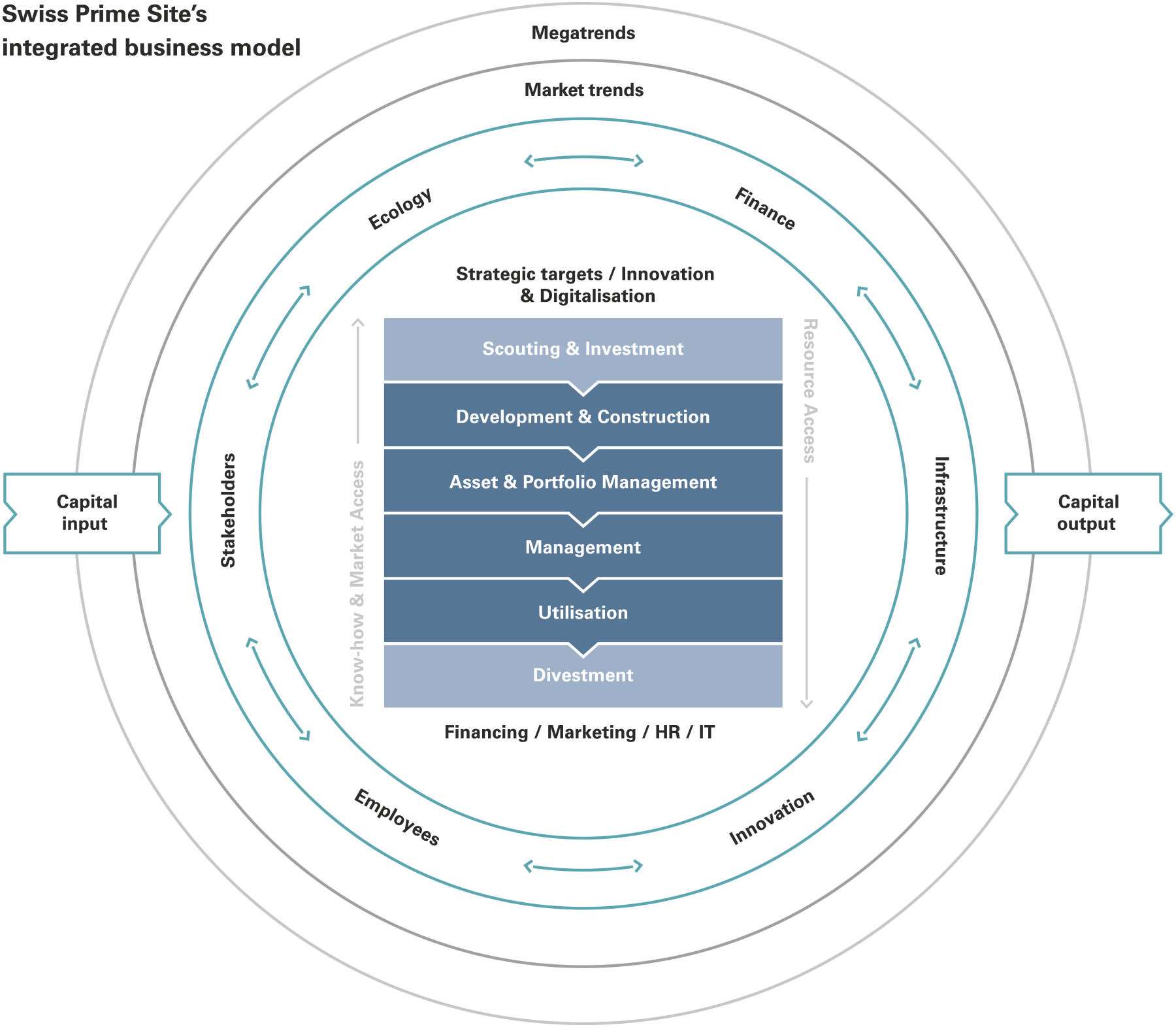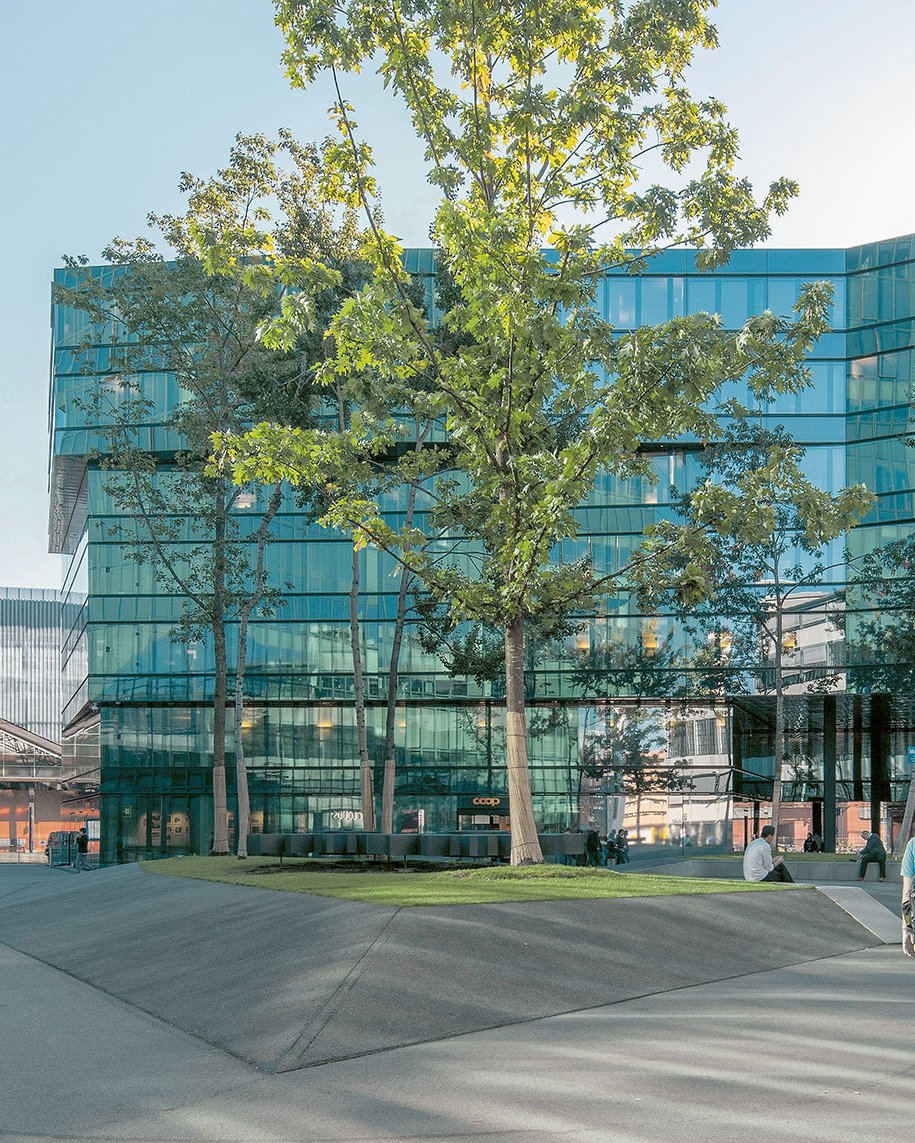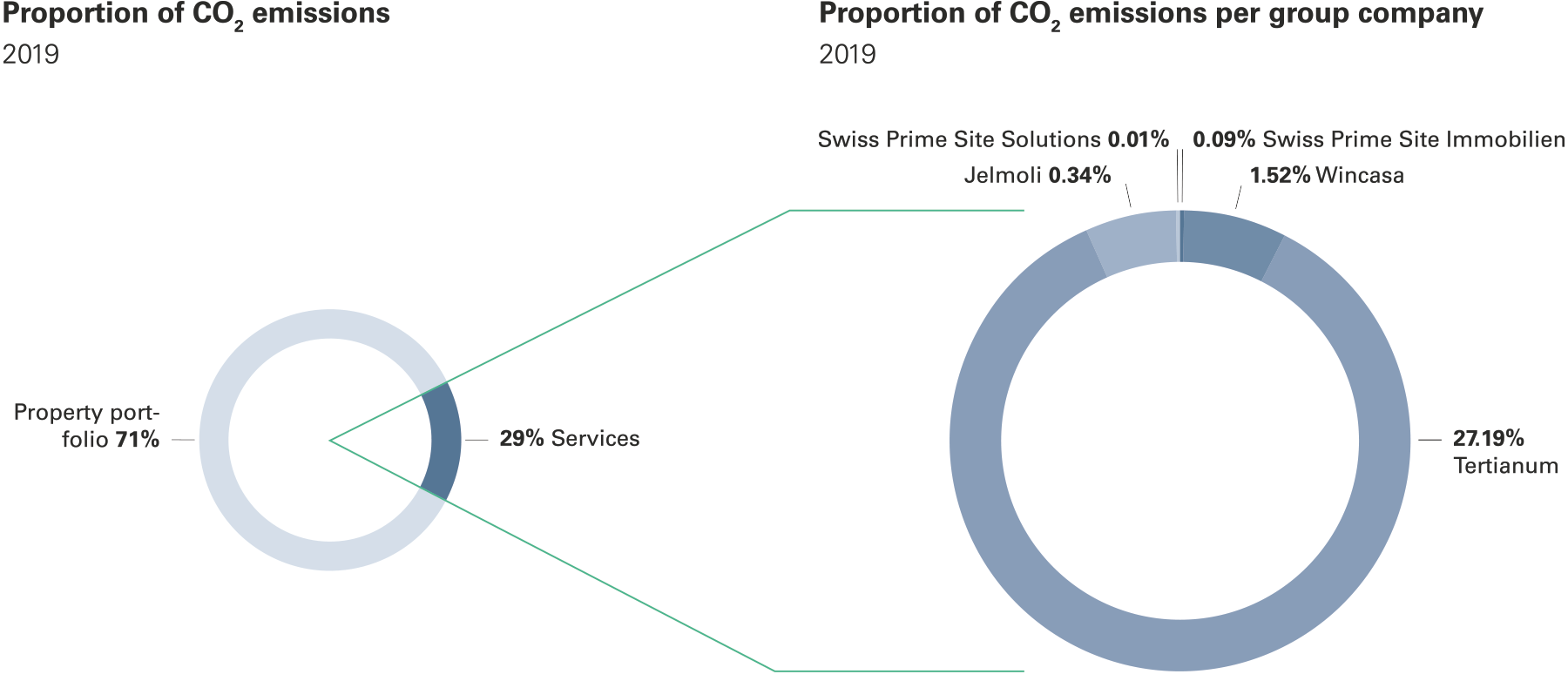In the reporting year, Swiss Prime Site developed a detailed CO2 reduction pathway for the entire property portfolio. A CO2 mitigation target that falls well below the 2-degree goal set out in the Paris Agreement is being pursued with planned investments of over CHF 650 million by 2050.
On 28 August 2019, the Federal Council decided that, from 2050 onwards, Switzerland should emit no more greenhouse gases into the atmosphere than can be captured and stored in natural and technological sinks. This means that our government is going considerably above and beyond its existing commitments under the Paris Agreement.
It has been two years since the publication of Swiss Prime Site’s first comprehensive sustainability report and we can now look back and take stock. Over the course of these two years, there has been a great deal of movement in the area of sustainability and the environment, at both political and social level. Climate activists are dominating the headlines and panel discussions, and the «green wave» has dominated numerous new elections of European parliaments, which are reacting with a clear stance on climate goals.
While the 2-degree goal, which we committed to back in 2017, was fairly difficult to understand as a scientifically derived value, «net zero» leaves no room for interpretation. That’s a good thing, but is the target actually achievable? This is precisely the question we aimed to answer when pursuing our own objective of developing a reduction pathway for the entire Swiss Prime Site property portfolio by the end of 2019.
This detailed reduction pathway, which is being published for the first time in this report, forecasts an influenceable 75% reduction in relative CO2 emissions (intensity) by the year 2050 for the approx. 1.6 million m2 of floorspace, assuming a continued average increase in area of 20 000 m2 per year.
We are very optimistic that we can fall well below the limits of the 2-degree goal with all the measures available to us. It is also clear, however, that we will not be able to achieve «net zero» without the help of possibilities to offset. At the same time, assuming responsibility also means recognising the limits of what is possible and – in contrast to politics – not hastily spreading ideas that aren’t feasible in reality.
Responsibility and credibility
It paints a deceptive picture when governments, and thus individual companies, are already committing themselves to zero emissions without having any real idea about whether and how they can achieve this ambitious goal or how much they will have to invest in it. We have done the maths: more than CHF 650 million will be needed for investments in building shell renovations and replacement heating measures, which will need to be allocated appropriately over the next 30 years. In addition, we estimate the cost of carbon offsetting measures to be around CHF 2 million annually from 2050 onwards. But the good news is that we can afford this ambitious target without suffering financial losses or the total return being affected, as these costs have already been reflected in the individual property valuations.
We now see it as our clear-cut duty to take all necessary measures to consistently follow our reduction pathway and to represent it as an integral part of our long-term financial planning. At the same time, despite tackling the big challenge of continuously reducing CO2 emissions, we must not lose sight of the other dimensions of our sustainability strategy. In particular, we have a responsibility to deal with the issue from all possible angles.
«We have a responsibility to pursue a long-term sustainability strategy that we can implement ourselves and which is part of our DNA.»
For Swiss Prime Site, assuming responsibility means considering a wide range of issues, continuing to evolve in all areas, and being a leading voice on relevant issues as one of the main players in the industry. The circular economy, green leasing, biodiversity and climate-adapted construction are just some of the current trends that we will be focusing our attention on in the coming months and years.
We earn credibility by addressing and dealing with these issues in specific projects. Removing, recycling and reusing an old aluminium façade as a fresh face for the same property in Zurich is just one example of the pragmatic approach we take to the complex topic of the circular economy.
Attitude and goals
Goals are supposed to be challenging, not formulated in a way that makes them easily attainable. We have analysed the progress made in the area of sustainability for the past two years and come to the conclusion that we have already achieved a great deal. Nevertheless, we are still only at the very beginning of a long journey and a real transformation.
The fact that the issue of sustainability has taken on a whole new significance at Swiss Prime Site is also due to members of the Board of Directors – namely the Chairman, Hans Peter Wehrli, and Barbara Frei-Spreiter – having joined the Sustainability Board this year. This board will make a decisive contribution to the formulation of goals in future and to the long-term orientation of the sustainability strategy.
In this report, we want to show in detail the areas in which we have made progress, as well as those where we believe action is still required. The task is to convey our specific company stance not only to expert analysts and interested shareholders and stakeholders, but also to our own employees, and to provide transparent and detailed answers to the question of how Swiss Prime Site can create sustainable value.
I hope you enjoy reading this report and that it gives you many interesting insights into our sustainability-oriented business activities.
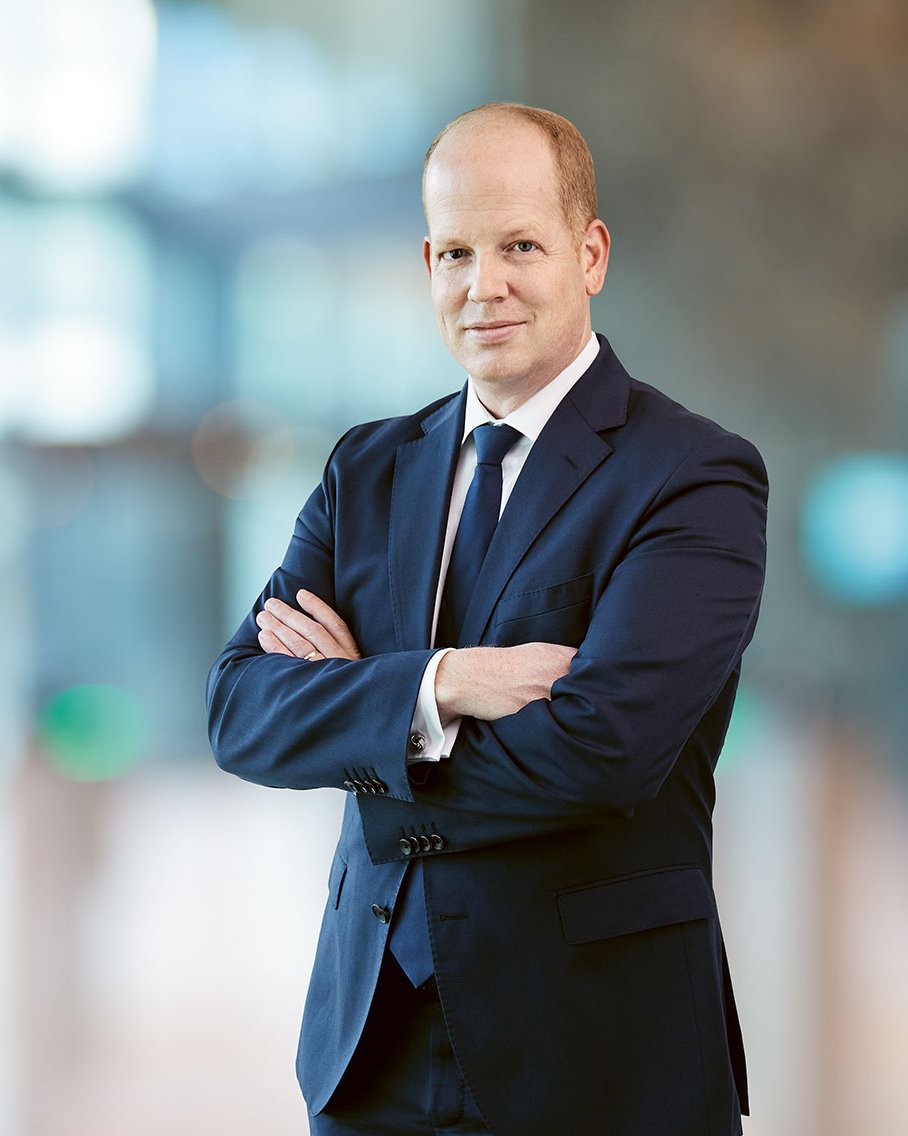

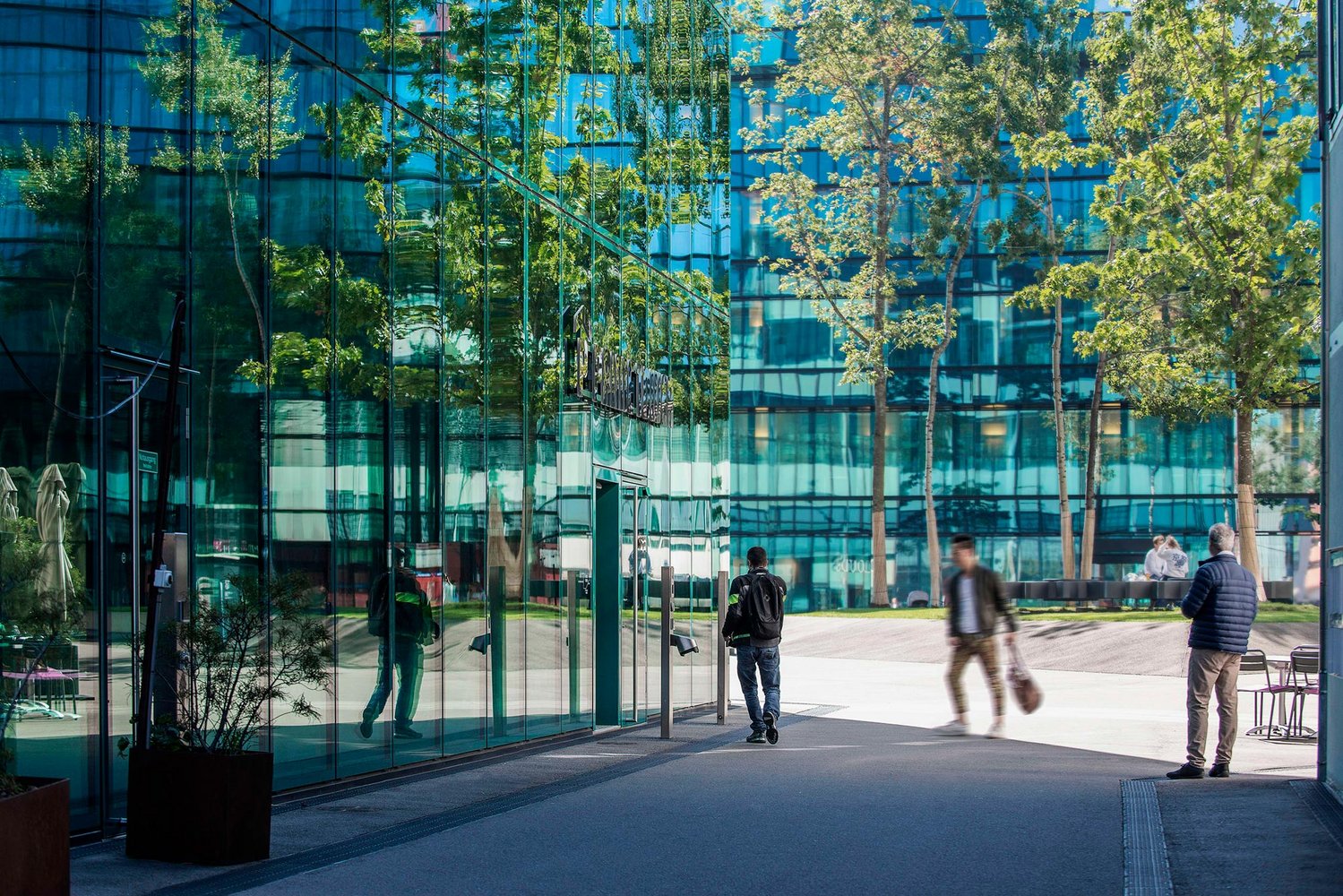
![[Translate to Englisch:] [Translate to Englisch:]](/fileadmin/_processed_/2/b/csm_CO2-Kennzahlen_11_1586fd2b43.jpg)
